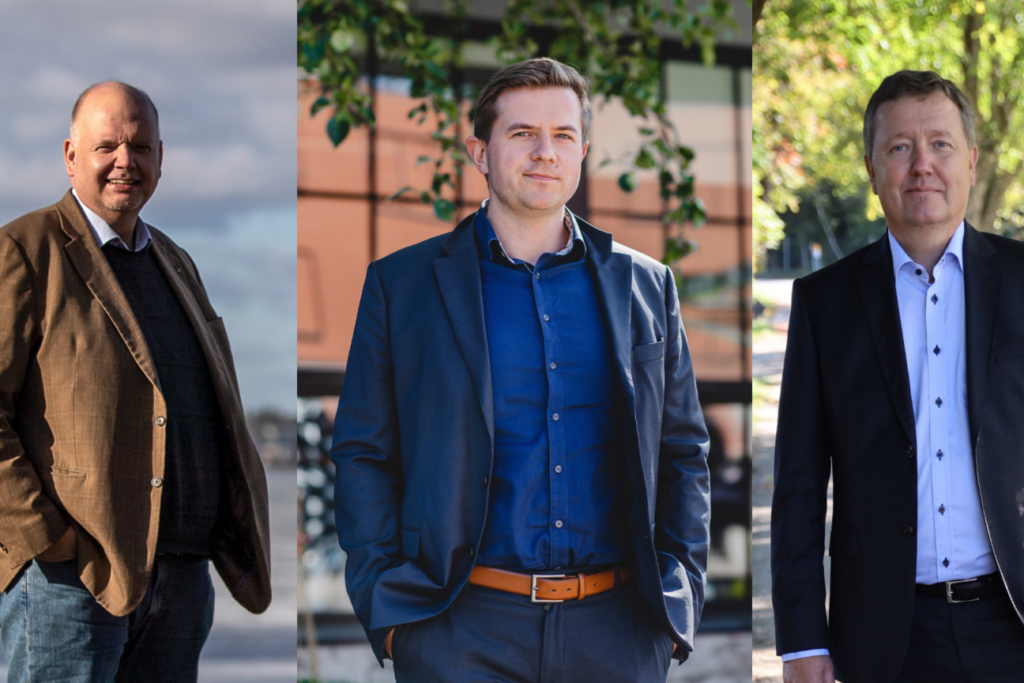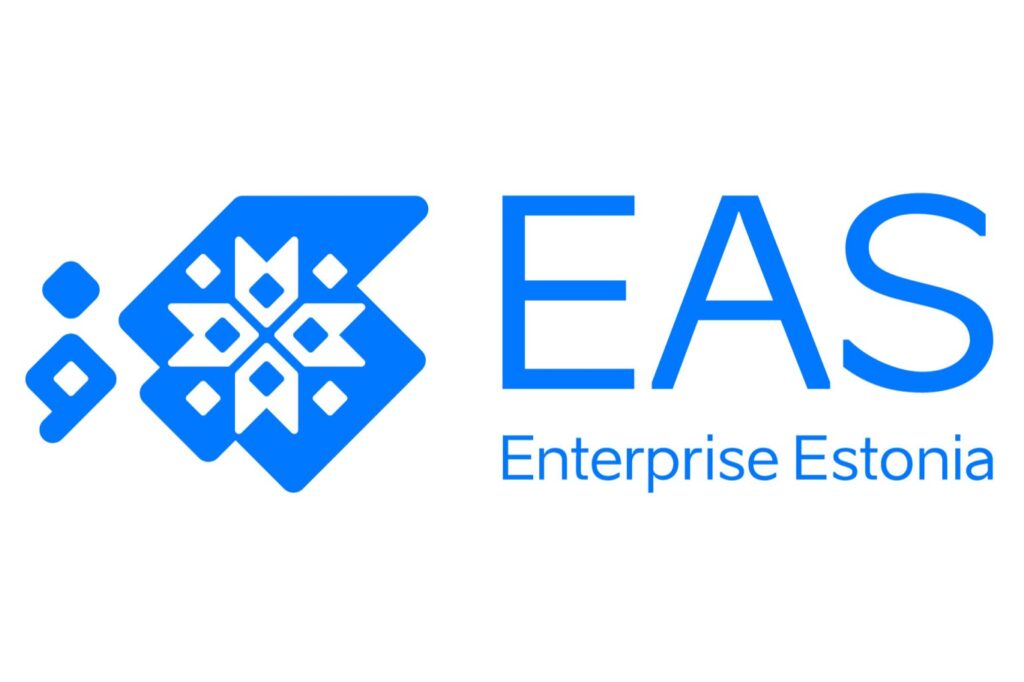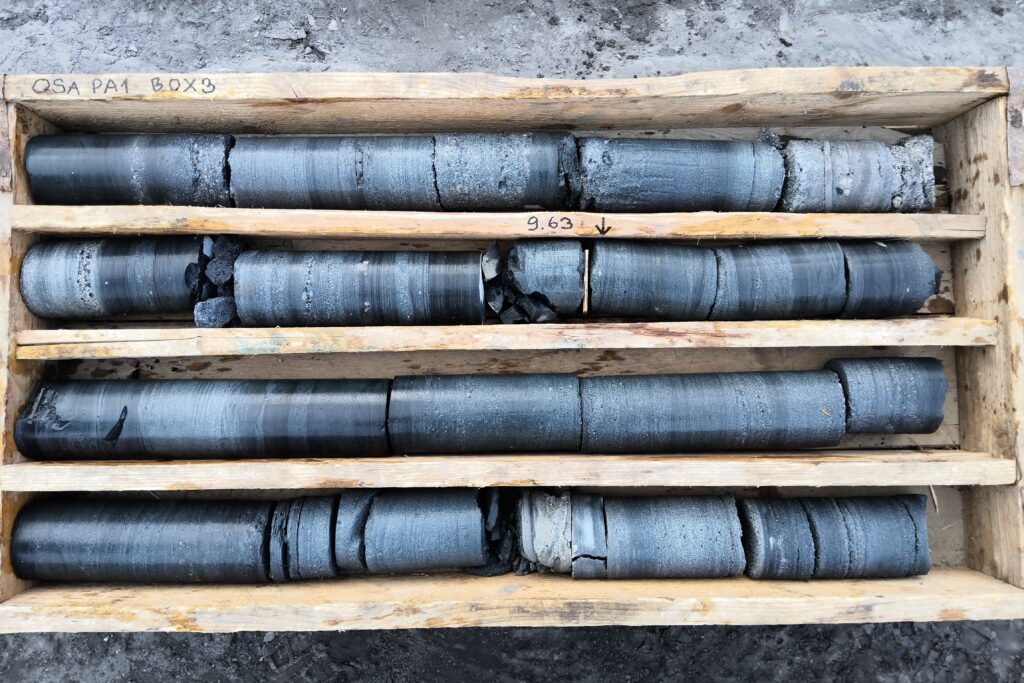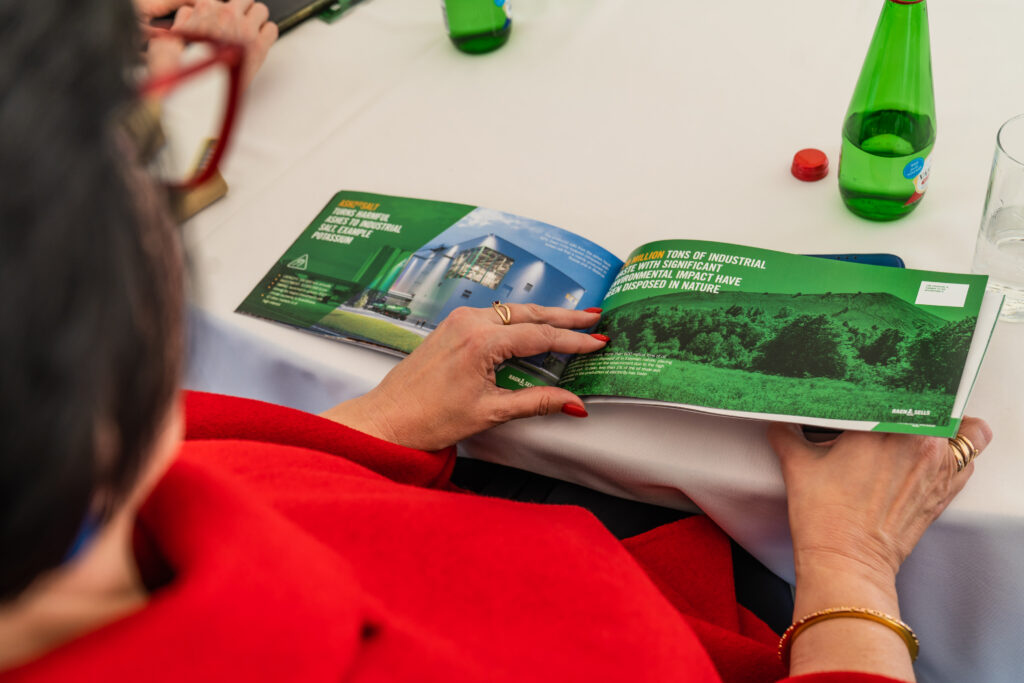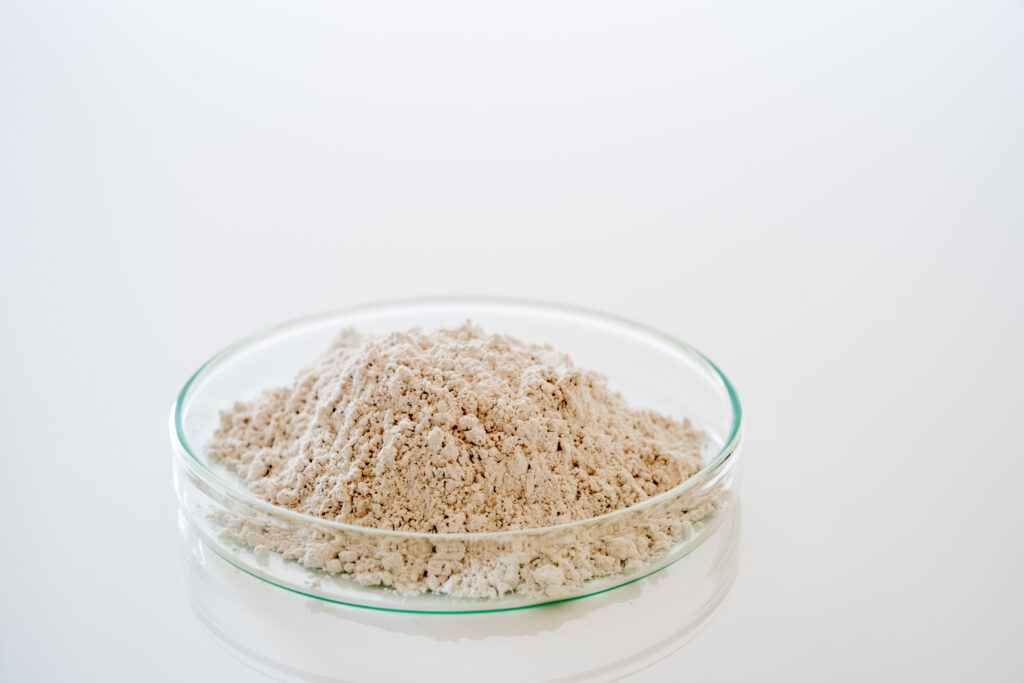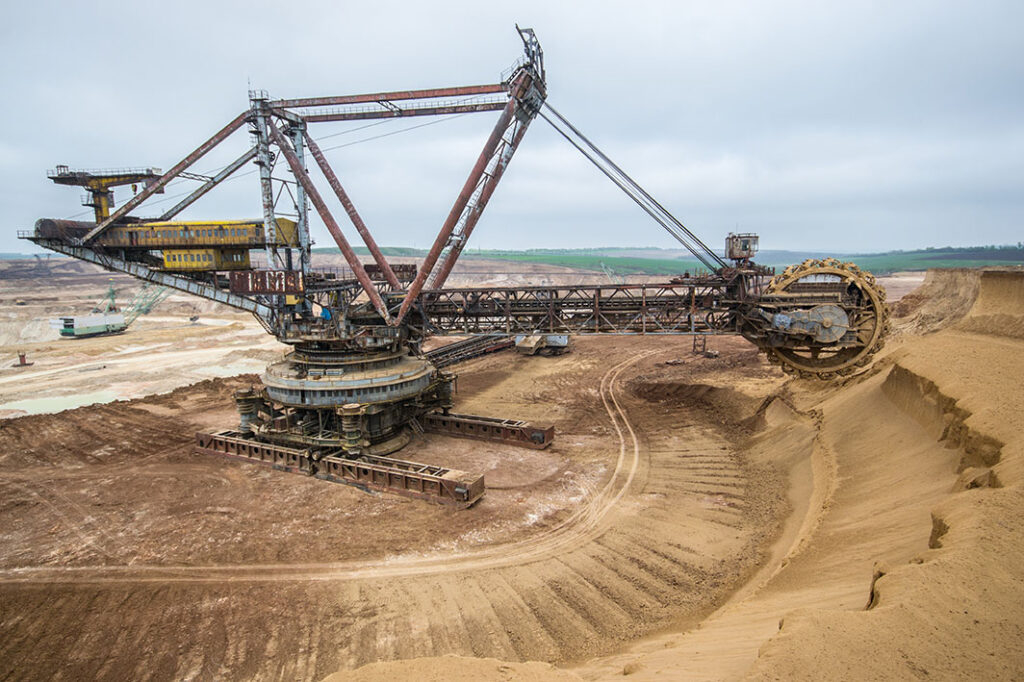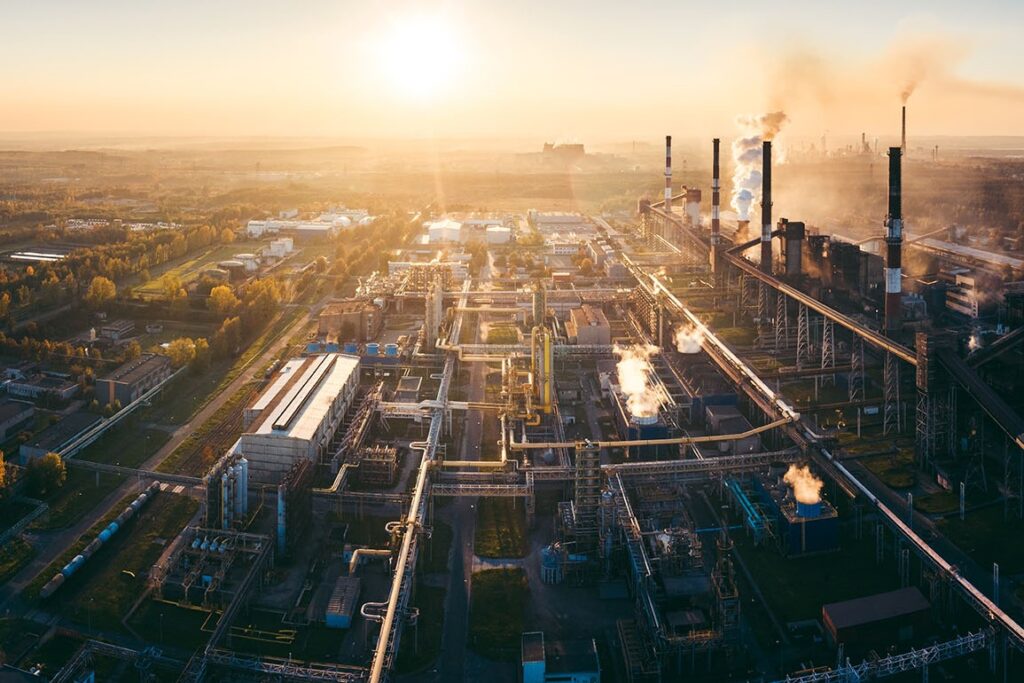Estonian ash hills become floor covering materials with the help of a large French manufacturer
The environmental company Ragn-Sells and the large French company Tarkett announced today a collaboration aimed at developing carbon-negative mineral fillers for vinyl floors by 2025, using ash waste from electricity production in Ida-Virumaa.


